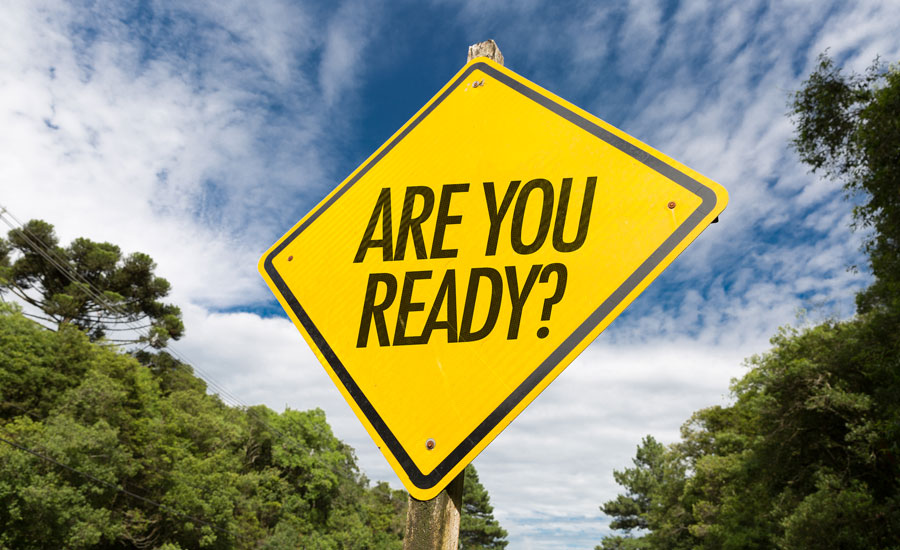Life is inherently unpredictable. From natural disasters to personal emergencies, the unexpected can strike at any time, often leaving us feeling helpless and unprepared. The key to navigating these uncertainties lies in proactive preparation. In this article, we will explore various strategies to equip ourselves and our communities to handle unforeseen events effectively.
Understanding the Nature of the Unexpected

Before diving into preparation strategies, it’s essential to understand what we mean by “the unexpected.” This can encompass a wide range of scenarios, including:
- Natural disasters (e.g., earthquakes, hurricanes, floods)
- Health emergencies (e.g., pandemics, accidents)
- Economic downturns (e.g., job loss, market crashes)
- Personal crises (e.g., family emergencies, loss of a loved one)
Statistics reveal that about 60% of Americans have experienced a natural disaster in their lifetime, while 15% report having faced a significant personal crisis. These figures illustrate the necessity for preparedness, regardless of the specific nature of the unexpected event.
Why Preparation Matters
Preparation is not just about having supplies or a plan; it is about fostering resilience. Resilience is the ability to recover quickly from difficulties and adapt to change. According to a study by the American Psychological Association, individuals who are prepared for emergencies report lower levels of anxiety and a greater sense of control. Here are some reasons why preparation is essential:
- Reduces Panic: Knowing what to do in an emergency minimizes fear and confusion.
- Enhances Safety: Prepared individuals are more likely to take appropriate actions to protect themselves and others.
- Builds Community: Preparedness fosters a sense of community and encourages collaboration among neighbors.
Creating a Preparedness Plan
A well-structured preparedness plan is vital for effectively managing emergencies. Here’s how to create one:
1. Assess Potential Risks
Start by identifying the types of emergencies that could affect you based on your location and lifestyle. For example:
- If you live in a flood-prone area, prepare for flooding.
- Urban dwellers should consider crime and civil unrest as potential risks.
- Those in rural settings might focus on wildfires or agricultural crises.
2. Develop an Emergency Kit

An emergency kit is a collection of essential supplies that can sustain you and your family during unexpected events. Here are recommended items to include:
- Water: One gallon per person per day for at least three days
- Food: A three-day supply of non-perishable food
- First Aid Kit: Include bandages, antiseptics, and any necessary medications
- Flashlight and Batteries: Essential for power outages
- Multi-tool: Useful for various tasks
3. Establish Communication Plans
During an emergency, communication can be challenging. It’s crucial to have a plan for staying in touch with family members:
- Designate a meeting place for your family in case you are separated.
- Establish an out-of-town contact who can relay information.
- Keep a list of emergency contacts handy, including local authorities.
Training and Drills
Preparation does not end with a plan; regular training and drills are essential for ensuring that everyone knows what to do:
- Fire Drills: Practice evacuation routes in case of a fire.
- First Aid Training: Consider enrolling in a first aid or CPR course.
- Emergency Response Workshops: Participate in community workshops on disaster preparedness.
Building Community Resilience
While individual preparedness is important, building community resilience amplifies the effectiveness of your efforts. Engaging with your community can lead to more robust support systems during emergencies:
- Neighborhood Watch Programs: Establish groups to monitor safety and share resources.
- Community Emergency Response Teams (CERT): Join or form a CERT to train and respond collectively to emergencies.
- Local Workshops: Attend or organize community workshops on preparedness and response.
Case Studies: Successful Preparedness in Action
Examining real-life examples of effective preparedness can provide valuable insights. Here are two case studies:
1. The 2011 Joplin Tornado

In May 2011, a catastrophic tornado struck Joplin, Missouri, resulting in significant destruction and loss of life. However, the city’s preparedness initiatives played a crucial role in minimizing casualties:
- The city had established a severe weather warning system that alerted residents in advance.
- Community drills and education programs had increased awareness of safety protocols.
2. The COVID-19 Pandemic
The COVID-19 pandemic highlighted the importance of preparedness on a global scale. Countries that had pandemic response plans in place, such as South Korea and New Zealand, were able to respond more effectively:
- Rapid testing and contact tracing were implemented due to prior planning.
- Public health campaigns were launched to educate citizens about hygiene and safety measures.
Embracing Flexibility and Adaptability

Even the best-laid plans can face unexpected challenges. Flexibility and adaptability are vital traits to cultivate in times of crisis:
- Be open to changing your plans as new information arises.
- Learn from past experiences to improve future preparedness.
- Encourage a mindset that views challenges as opportunities for growth.
The unexpected can be daunting, but with the right preparation, we can face challenges head-on. By understanding potential risks, creating a comprehensive preparedness plan, engaging with our communities, and embracing adaptability, we can foster resilience in ourselves and those around us. Statistics show that well-prepared individuals feel more empowered and less anxious during emergencies. Remember, being ready is not just about having supplies; it’s about cultivating a mindset that embraces uncertainty and prepares for whatever life may throw our way. As the saying goes, “Failing to prepare is preparing to fail.” Don’t wait for the unexpected to happen—take action today.


